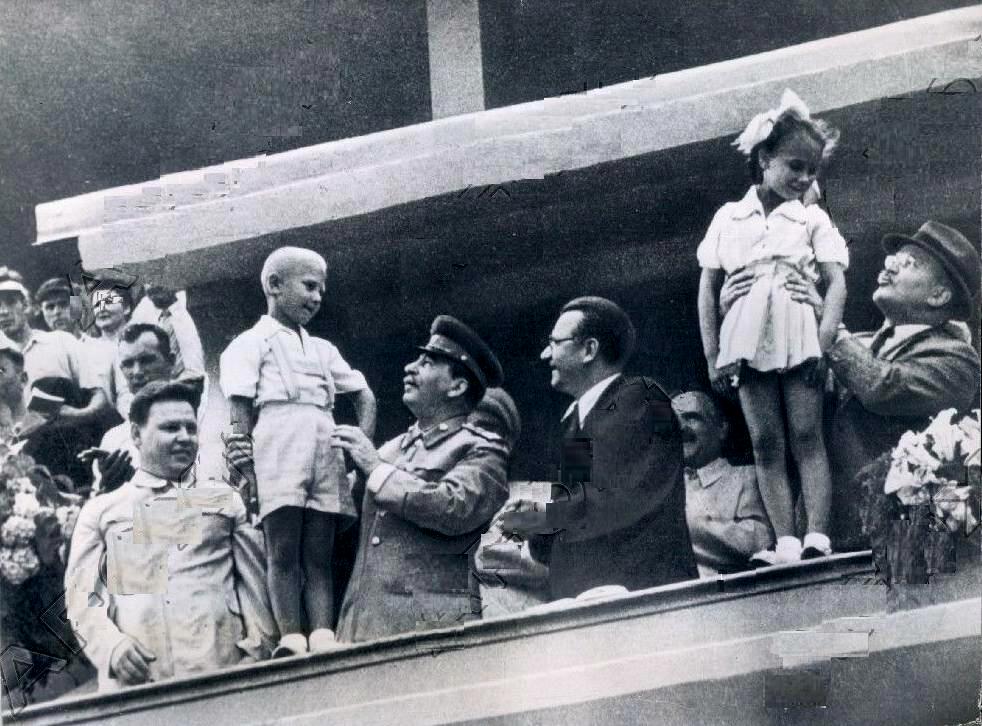

Figure 1.--Churchill described the Soiviet Union as "a riddle wrapped in a mystery inside an enigma."
Western analysts knew very little about Doviet leaders. Often the only clues about who was in and out was who was standing next to Stalin in public appearances. The most important place to warch was the reviewing platform on Lenin's Tomb at Red Square. Here we see Stalin holding a boy on the reviewing stand in Moscow during a sports rally in 1946. The fact that Molotov was not inly on the reviewing stand next to Stalin, but holding a child like Stalin suggests he was still held in highest regard by the Soviet dictator. We see Anastas Mikoyan in the background. the man almost onscured is probanly Georgy Malenkov. The photograph was provided to the AP by a delegation of the American Society for Russian Relief, a Soviet front group in the United States.
|
|
Vyacheslav Mikhailovich Molotov: The Cold War
Molotov was involved in the early phase of the Cold War which began with while World War II was still in priocess by actions taken against the Polish Government-in-Exile, at the time an ally fighting the NAZIs. Molotov was at Stalin's side at the World War II coferences: Teheran (1943), Yalta (1945), and Potsdam (1945). The last two conferences were shiufting over to Cold War issues, especially as President Truman begn to take a harder line with Stalin, although few in the West were aware that Stalin had even launced the Cold War. Conflict ws inevitable. Stalin expected the United states to withdraw from Europe after the War as it had done after World War I. President Roosevelt had even told him that this would occur. This would have meant the Soviets could dominate Europe. Resistance to Soviet domination meant a four decade struggle. Molotov represented the Soviet Union at the United Nations Conference in San Francisco (April-June 1945). Even during the period of wartime alliance, Molotov as with the NAZIs was a tough negotiator and a determined defender of Soviet interests through the Communist prism. President Truman made it clear when the two met that he would be no push over. Molotov complained that he jad never been talked to like that. The President responded, than keep your coimmitments. Molotov lost his prestgious place as First Deputy Chairman (March 1946) when the Council of People's Commissars was reformed as the Council of Ministers. From 1945 to 1947, Molotov as Foreign Minister led the Soviet Delegation at all four conferences of foreign ministers of the victorious World War II powers. His basic stance was an uncooperative attitude towards the Western powers. Molotov condemned the American Marshall Plan as imperialistic plot and charged it was spliting Europe into antagoinistic capitalist and communist camps. This was not what Stalin and Molotov wanted. They wanted an all Communidt Europe. Actually the Soviet could have participated in the Marshall Plan, but not if they cintinued to insit on installing suplicant Communist police states in Eastern Europe. Stalin ordered all the subject states in his Eastern European empire to reject the Marshall Plan. Instead, the Soviets responded with the Molotov Plan. It was the Soviet program to promote economic recovery and the introduction od socialist, plnned economices. It which would become the forerunner for the Council for Mutual Economic Assistance (COMECON, 1949-91). [Roberts, pp. 284–85.] What would be a shock to Stalin, Molotov, and the Eastern European Commnunists were shovked to watch capitalism ignitec economic miracles in the West, but their Eastern European empire would recover so slowly and never even approach the prosperity of the West. Molotov was a key figure in those first few years of the Cold War. But then something happened and it is not at all clear what it was that truggerd that chage. Stalin for some reason ended his close associarion with Molotov (1948). He did not have Molotoiv arrested, but Stalin began slowly distancing himself from Molotov and begin to remove him from leadership positions. As a result, Molotov did not play a major role in the Cold War as he had played in establishing the Stalinist system and World War II.
Sources
Roberts, Geoffrey (1999). The Soviet Union in World Politics: Coexistence, Revolution, and Cold War, 1945–1991 (Routledge:1999).
CIH -- Cold War

Navigate the CIH Cold War Section
[Return to Main Molotov biography page]
[Return to Main Cold War biography page]
[Return to Main M-R biography page]
[Return to Main World War II M-Z Biography page]
[Return to Main biography page]
[About Us]
[Assessment]
[Biogrphies]
[Countries]
[Communism]
[Culture]
[Decolonization]
[Economics]
[Famines]
[Fashion]
[Freedom]
[Hot wars]
[Human rights]
[Inteligence]
[Mass killing]
[Military]
[Pacifism]
[Phases]
[Science]
[Totalitarianism]
[Bibliographies]
[Contributions]
[FAQs]
[Images]
[Links]
[Registration]
[Tools]
[Return to the Cold war Home page]
[Return to the 20th century wars and crises]
Created: 10:08 AM 7/18/2018
Last updated: 10:08 AM 7/18/2018



